Two recent posts on Facebook inspired me to write about male American Kestrel chest plumage variation and to share six images of male kestrels photographed here in Utah.
The first Facebook post was in a bird identification group where a member shared two images of a male American Kestrel with a white chest and underparts that had pronounced black spots. One member of the group suggested that the kestrel might have “mutation genes” and another suggested that it might be “leucistic” when actually the kestrel’s coloration was well within what is considered normal plumage variation for this species.
As many as seventeen subspecies of American Kestrel are found in North, Central and South America and the Caribbean. These small falcons can be found from Alaska to Tierra del Fuego, Argentina.
Click on the first kestrel photo to view them larger.
The underparts of male American Kestrels can vary from from whitish to pale buff to pinkish or orange and in one Cuban subspecies a darker, rust color. The amount of streaking and spotting on their underparts and chests is also highly variable.
In the six photos above, all taken in northern Utah, I have placed the images in order from the darkest chest and underparts to the lightest chested male American Kestrel I have found and photographed in the eleven plus years I have lived here. The dark spots on the chests and underparts of all the male kestrels in my images also show variations with the palest chested kestrel having the largest and most pronounced spotting.
I didn’t go through all of my male American Kestrel images and I may have photos that show a male with a darker chest than the first image I provided but I am confident that I don’t have a paler chested kestrel than the last photo in this group. That kestrel was so striking and remarkable that I turned my Jeep around on an icy road to go back to photograph it on very cold January morning in 2017.
Just these six images show that in northern Utah there are wide variations in the plumage colors and spotting of the chest and underparts of male American Kestrels.
I want to note that even amongst experienced ornithologists that there is considerable disagreement on how much of the variability in kestrel plumage is age-related.
I am providing a link to the Macaulay Library where more photos of male American Kestrels can be viewed. Click here.
(Yes, I know some are females but the individuals sharing the photos apparently do not. Or maybe they clicked the wrong box when they shared the images. Stuff happens.)
I found the second Facebook post that I mentioned above interesting and wanted to share it here today. The plumage variations in the tails of male American Kestrels in the photos was fascinating and thought that all of you might might enjoy seeing them too.
As a side note, there is a little bit of snow on the ground here this morning. This is only the second time this winter that I can report that. We need more snow here in Salt Lake City. At least the mountains have gotten more than we have here.
Life is good.
Mia
To view more of my American Kestrels photos plus facts and information about this species click here.


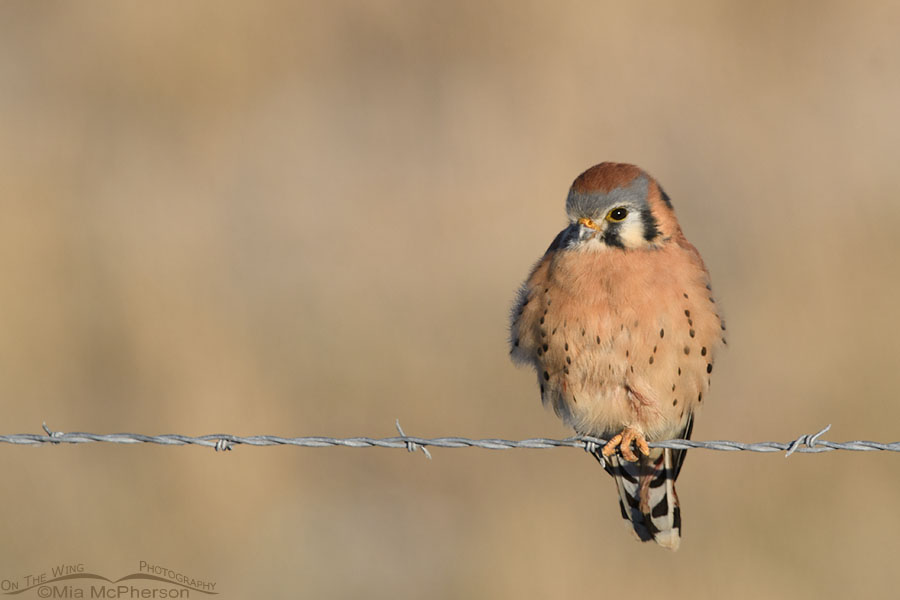
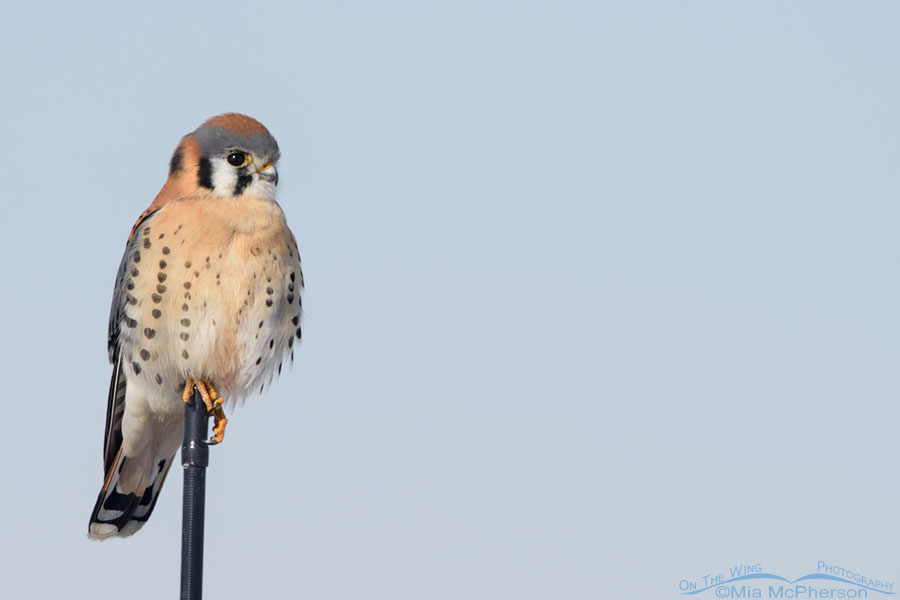
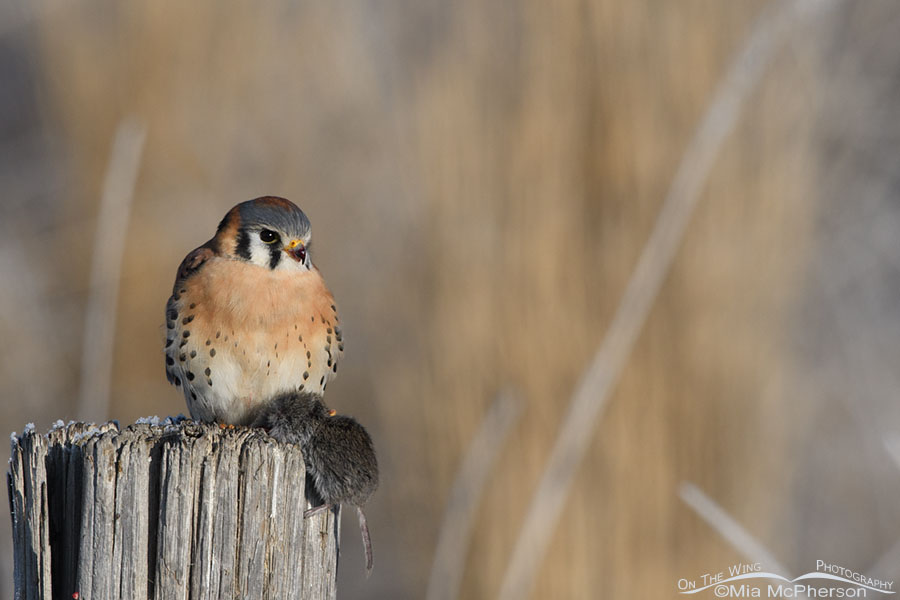
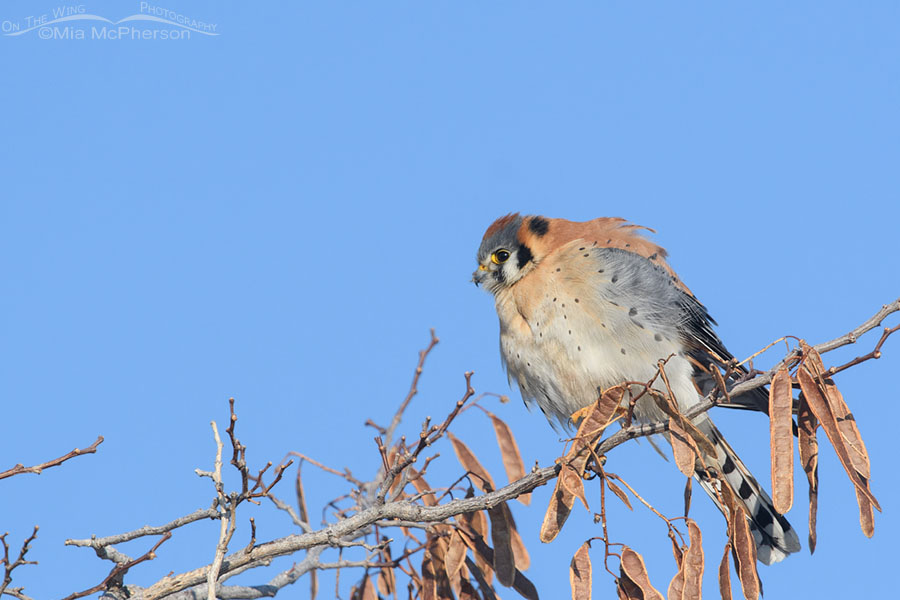
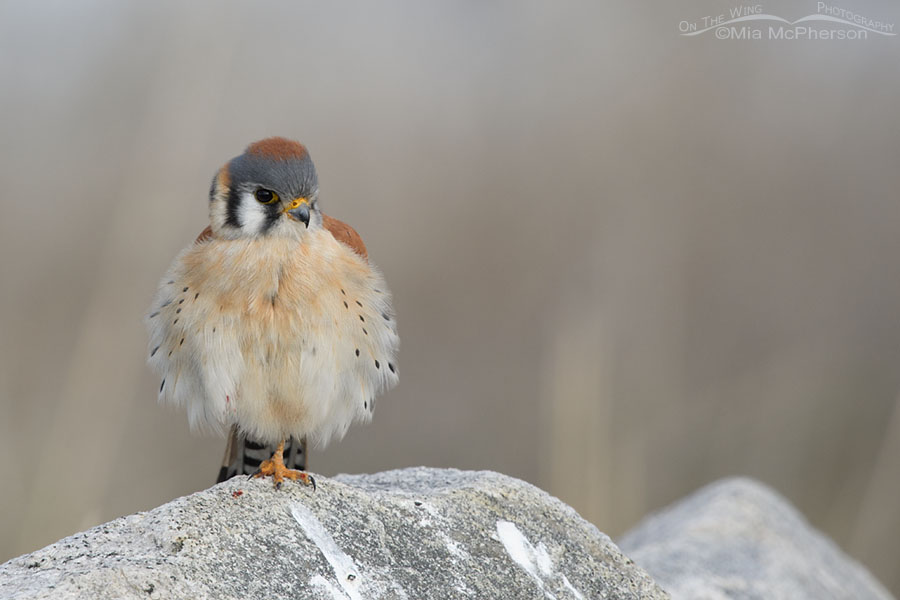
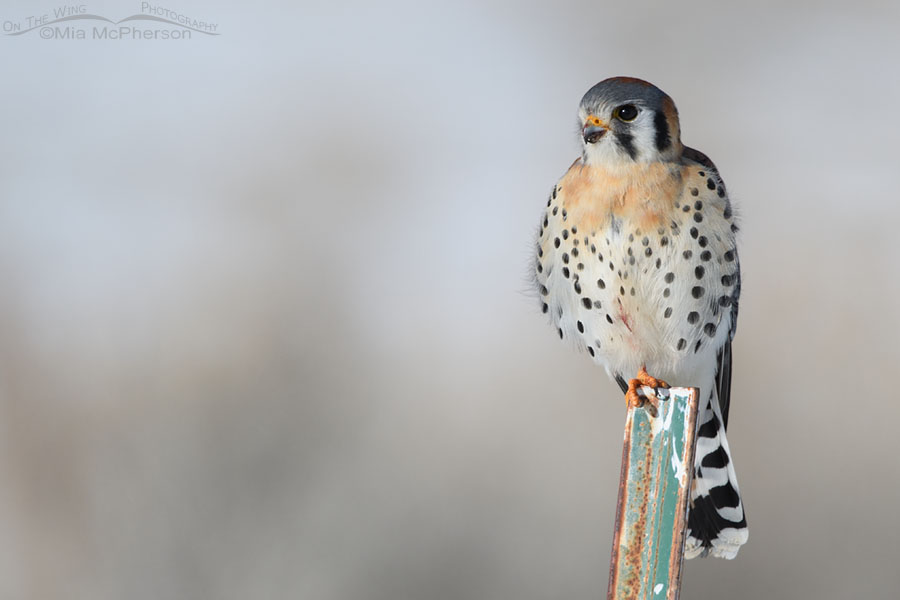
Really interesting post. I had no idea that Kestrel plumage could vary so much from bird to bird. Fascinating! Thanks Mia.
Wonderful to see some of these fabulously feisty falcons! 🙂 Glad to read about the snow. We had some real rain here yesterday and will have a couple more days of rain this week, hopefully.
Wonderful photos and I learned some very interesting things, Mia. A full service blog (LOL).
very nice too see all the variation in colors.
What a wonderful and delightful series.
Hooray for your much needed snow too.
SO beautiful. i love all your posts.
Absolutely fantastic, great series! Many thanks!